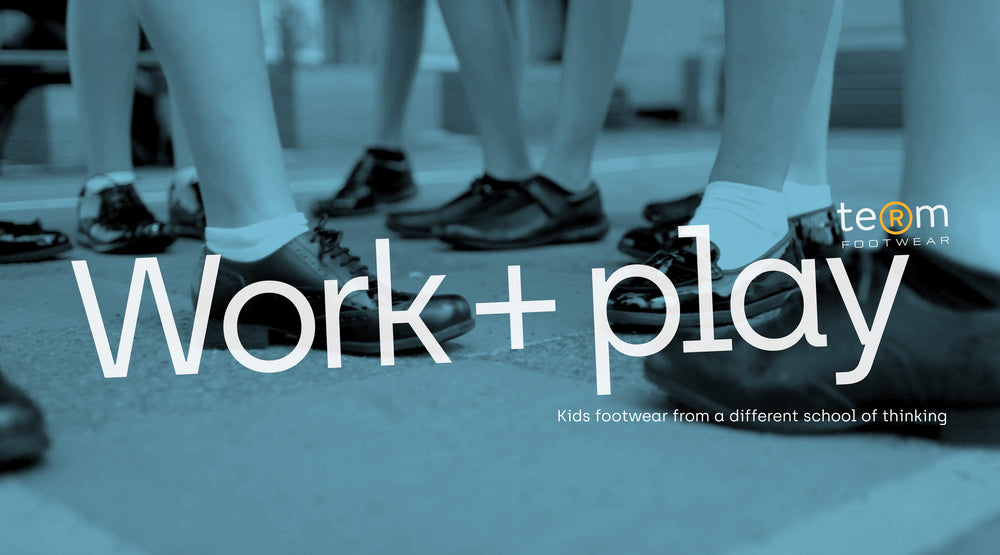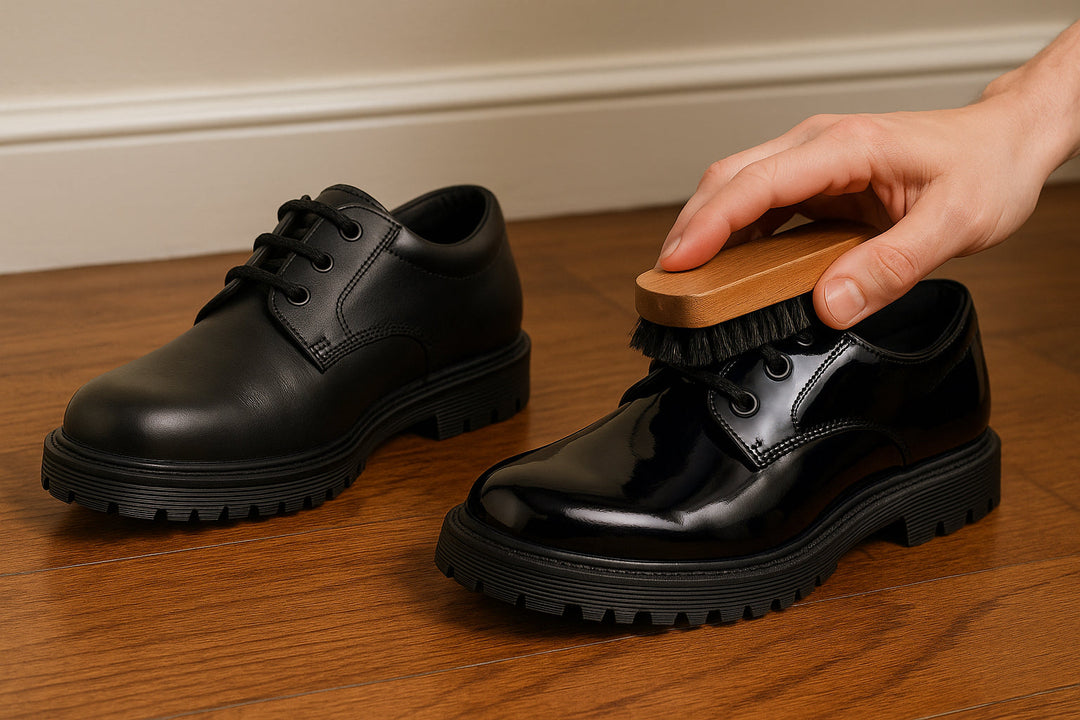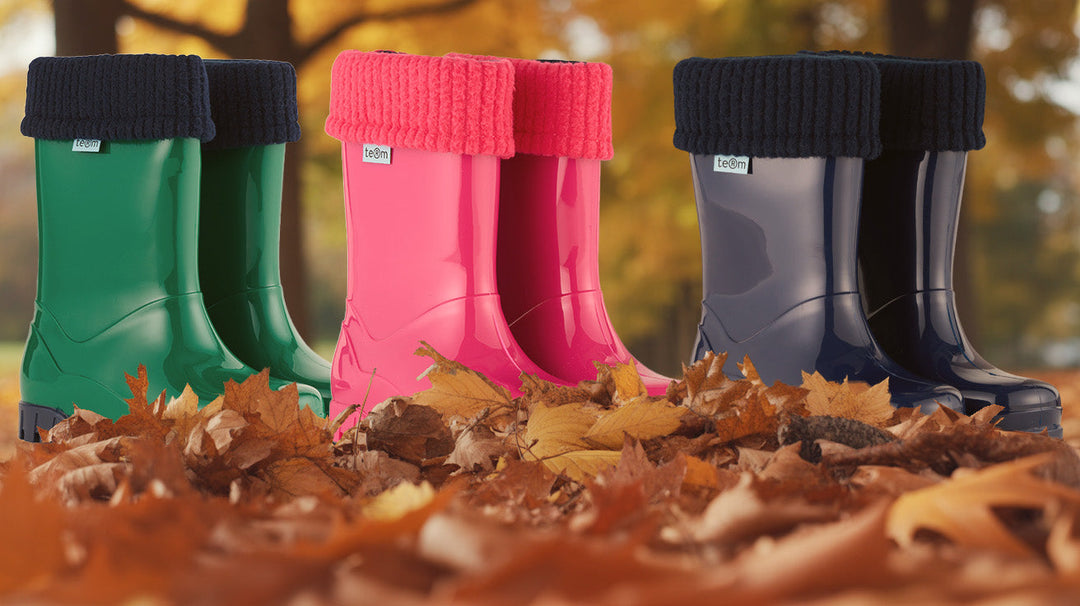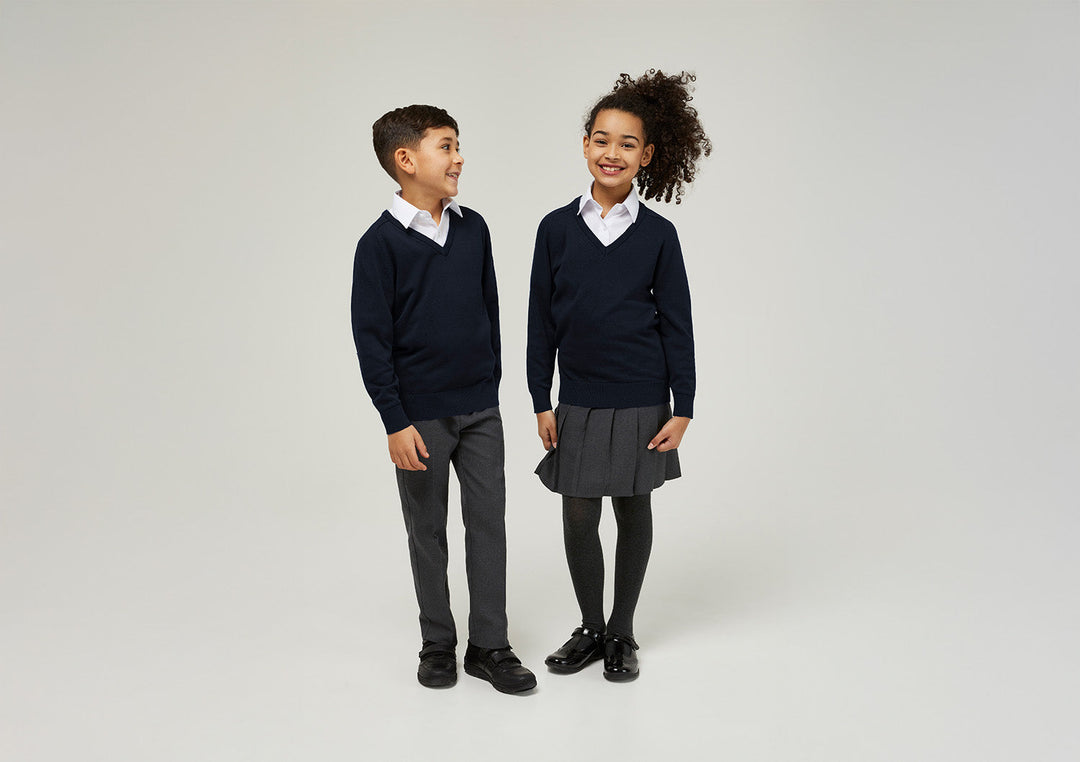Kicking Tradition: Origins & Transformations of School Shoes
Step back in time and discover the fascinating history of school shoes. For generations, school shoes have been an essential part of the school uniform, representing both practicality and style. From classic leather lace-ups to modern touch tape designs, school shoes have evolved to meet the needs and preferences of students over the years.
Early History of School Shoes
In the early days, school shoes were primarily crafted for durability, with thick soles and sturdy stitching to withstand the rough and tumble of the playground. They were often made from leather, a material known for its strength and longevity. These early school shoes were simple and functional, with a focus on practicality rather than fashion. The design typically featured a low heel and a rounded toe to provide stability and comfort for young feet. These shoes were meant to last, as families often had limited resources and needed footwear that could withstand the demands of daily wear.
As time went on, advancements in shoemaking techniques allowed for more intricate designs and details. Manufacturers began to experiment with different materials, such as rubber soles and canvas uppers, to create more comfortable and lightweight school shoes. These innovations not only improved the overall comfort of the shoes but also made them more affordable and accessible to a wider range of students.
Evolution of School Shoes Over Time
As fashion trends evolved, so did school shoes. In the mid-20th century, school shoes became increasingly influenced by popular styles of the time. This led to the introduction of more fashionable elements, such as decorative stitching, buckles, and straps. School shoes were no longer just a practical necessity; they also became a way for students to express their personal style and keep up with the latest trends.
In recent years, there has been a shift towards more casual and comfortable designs. Traditional lace-up school shoes have been replaced by slip-on or touch tape styles, making it easier for students to put on and take off their shoes. This change reflects a growing emphasis on convenience and ease of use in school shoe design.
Influence of Fashion on School Shoe Design
The fashion industry has always played a significant role in shaping school shoe design. As new trends emerge, they often find their way into school shoe collections. For example, during the 1960s and 1970s, platform shoes were all the rage, and this trend was reflected in school shoe designs of the time.
In the 1980s and 1990s, the influence of athletic footwear became more prominent in school shoe design. Trainer school shoes with cushioned soles and sporty aesthetics gained popularity among students. These shoes not only provided comfort but also allowed students to showcase their love for sports and athletic activities.
Cultural and Regional Variations in School Shoe Styles
While school shoes have a universal presence, there are cultural and regional variations in style and design. In some countries, students are required to wear specific types of school shoes as part of their uniform. For example, in Japan, students often wear loafers-style school shoes called "uwabaki," which are designed to be worn indoors. These shoes are made with soft soles to avoid damaging the school's floors.
In the United Kingdom, black leather lace-up school shoes are the most common choice. However, there are variations in style, with some schools allowing slip-on or touch tape designs. In Australia, school shoes often have a sportier look, with a focus on comfort and durability to withstand outdoor activities.
Modern Trends in School Shoe Design
In recent years, school shoe design has embraced modern trends while still prioritizing comfort and functionality. Brands are now incorporating sustainable materials and eco-friendly manufacturing processes into their production methods. This reflects a growing awareness of environmental issues and a desire to reduce the carbon footprint associated with the production of school shoes.
Additionally, customisation options have become more popular, allowing students to personalise their school shoes with different accessories and colours. This customization trend adds an element of fun and uniqueness to the traditional school shoe, giving students the opportunity to express their individuality within the boundaries of the uniform.
The Future of School Shoes
As we look to the future, school shoes will continue to evolve and adapt to the changing needs and preferences of students. The fusion of fashion, technology, and sustainability will shape the next generation of school shoe design. We can expect to see more innovative materials, advanced manufacturing techniques, and personalized features that cater to the individual needs of students.
While the styles and trends may change, one thing remains constant: school shoes will always be an essential part of the school uniform. They not only provide protection and support for growing feet but also contribute to a sense of identity and discipline within the school environment. So, as we step forward into the future, let us celebrate the history and significance of school shoes, as they continue to walk countless school corridors and leave a lasting impression on generations to come.





